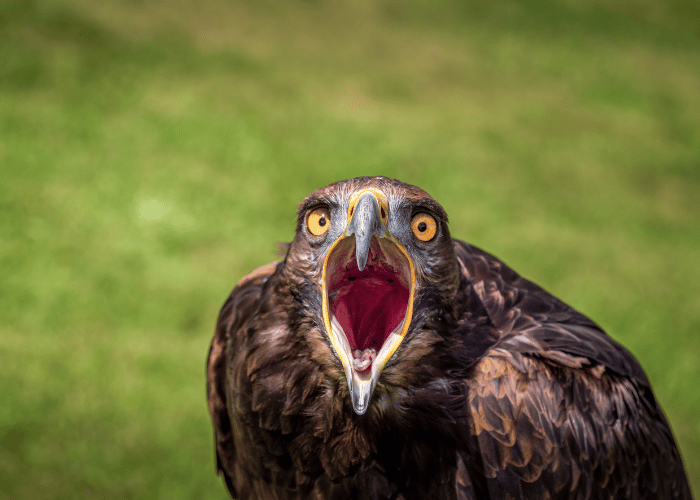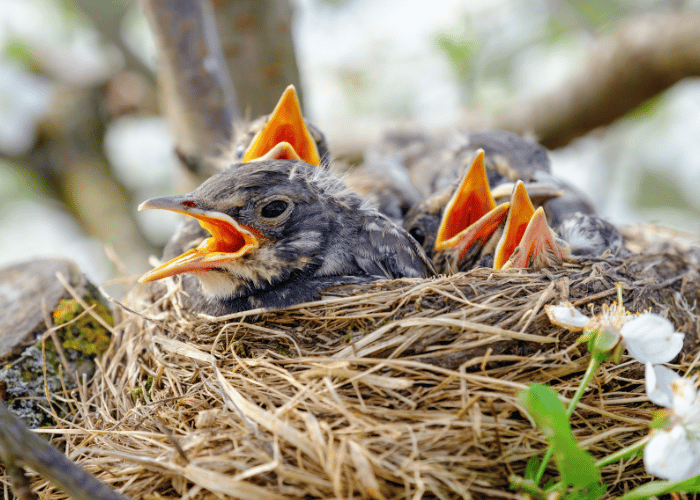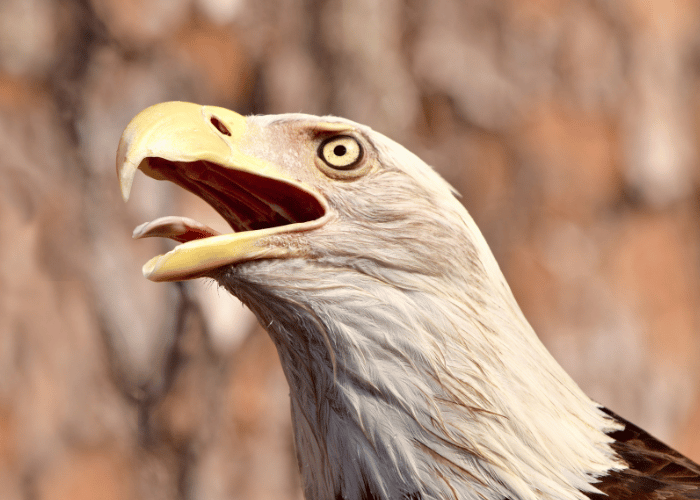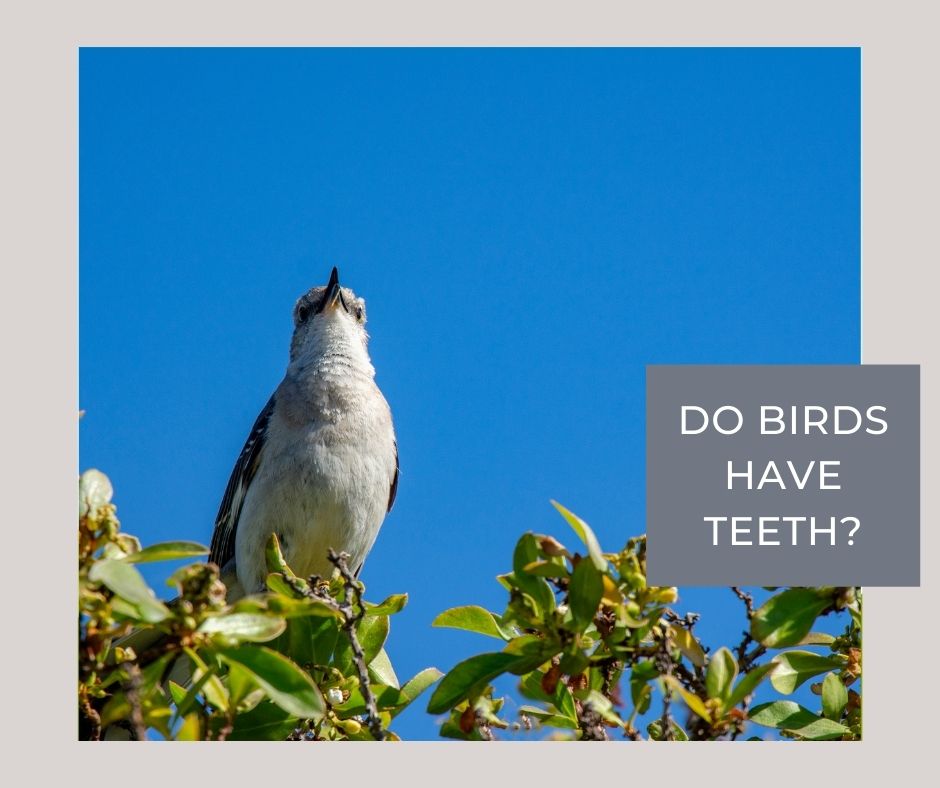Do Birds Have Teeth
Table of Contents
Ever observed a bird closely and wondered, “Do birds have teeth?” You’re not alone. This question stirs curiosity in many individuals, especially those with a keen interest in nature’s winged wonders. Let’s delve into this interesting area of avian physiology and set the record straight.
Contrary to what you might think, birds do not have teeth. Instead, they’ve evolved to have beaks or bills. These beaks, though sometimes sharp and tooth-like in appearance, are fundamentally different from teeth. The absence of teeth in birds is not due to some evolutionary oversight, but rather a specific adaptation that plays a crucial part in their survival.
The shape, size, and overall structure of a bird’s beak are specialized to align with its feeding habits. Whether it’s the sharp beak of a hawk, the sturdy beak of a seed-eating finch or the long, narrow beak of a nectar-drinking hummingbird, each type serves a precise purpose. So while birds may not have teeth in the same way humans or some other animals do, they’ve managed just fine with their own unique biological adaptations.

Exploring the Bird Anatomy: Do Birds Have Teeth?
Ever looked at a bird and found yourself wondering, “do birds have teeth?” It’s quite a curious question and quite logically, your first instinct might be to say no. After all, you’ve probably never seen a bird flashing a pearly white smile before! But let’s take a deeper dive into the fascinating world of bird anatomy to satisfy your queries.
The straightforward answer to your question is: no, birds do not have teeth. Their beaks or bills serve the purpose of food acquisition and manipulation. However, the tale of teeth in birds doesn’t just end there. Interestingly, there are a few outliers that might make you rethink the entire concept.
There’s this seemingly strange assortment of birds called goatsuckers – yes, you’ve read it right, goatsuckers! This group includes species like Nightjars and the Whip-poor-will, which have minute serrations along their beak that functions somewhat like teeth. While these “pseudo-teeth” don’t serve the same purpose as our human teeth, they are used to effectively catch and hold onto their insect prey.
Speaking of all things unusual, let’s dive into some evolutionary history. Long extinct, early birds like the terrifyingly fascinating Archaeopteryx did in fact have teeth! But as evolution pressed onwards, birds eventually lost their pearly whites.
Here’s a short comparison table with key distinctions between human teeth and bird “teeth”:
| | Humans | Birds |
| – | —— | —– |
| Teeth | Used for chewing and grinding food | None, except for small serrations in a few species |
| Purpose | Breaking down food for digestion | Catching and holding onto prey |
| Evolution | Teeth have been a feature since primitive times | Early bird species had teeth; lost over the course of evolution |
As we continue to explore and unravel the marvels of nature, we learn that the world around us holds endless surprises. Remember, the next time someone asks you “do birds have teeth?”– you’ve got the answer! In the fascinating world of bird anatomy, nothing’s quite as simple or as straightforward as it seems.
Tooth-like Structures in Birds: The Tomial Teeth
Ever pondered the question, “Do birds have teeth?” You’re not alone. Common wisdom says birds are toothless, but let’s uncover a fascinating fact. Many birds have what’s known as tomial teeth, a phrase that can be misleading as these aren’t teeth like you’d typically think!
Tomial ‘teeth’ refer to the sharp, tooth-like projections on the cutting edge of a bird’s beak. They’re not teeth as mammals or reptiles have them, but nevertheless, they serve a similar function. Birds like hawks, owls, and falcons make efficient use of these to slice and tear their prey.
Diving into the science, tomial teeth are not composed of enamel or dentine like ours. Instead, they’re an extension of the bird’s beak formed from keratin, the same protein substance your fingernails are made of. Incidentally, birds are not the only creatures with these keratin-based tooth-like structures. Certain reptiles, such as the loggerhead turtle, are known to have them too.
It’s worth noting not all birds sport these tomial teeth. In fact, they’re typically present in raptors and a few other species, while songbirds and perching birds have smooth beaks. This divergence is intrinsically linked to their diet and prey.
Here’s a quick overview of the points covered:
- Tomial ‘teeth’ are not traditional teeth but tooth-like projections on a bird’s beak.
- They’re made of keratin, the same protein in our fingernails.
- These structures help raptors and similar birds slice and tear their prey.
- While these ‘teeth’ are common in birds of prey, most songbirds and perching birds don’t have them.
Stay fascinated with the intriguing world of birds and keep expanding your knowledge. The journey of discovery can be surprising, but it’s always exciting!

Evolutionary Insight: Why Don’t Birds Have Teeth?
Ever thought, “Do birds have teeth?” The simple answer is they don’t. What’s fascinating is the “why”. You see, it’s a complex tale intertwined with basic principles of evolution and survival.
At a point in the distant past, ancestors of modern birds did have teeth. This is something paleontologists agree on. They’ve uncovered fossils of primordial birds like Archaeopteryx and Hesperornis, which had teeth. So why did the descendants of these fanged fliers lose their bite?
Here’s the mini-lecture on evolution part: in essence, evolution isn’t about getting better; it’s about survival. Species evolve because certain traits give them a better shot at surviving in their environment. Any changes in the environment, minor or massive, can start a domino effect that eventually leads to the evolution of an entirely new species.
For the ancestors of birds, that change might have been a shift in diet or environment. Losing teeth, it seems, gave them a better shot at survival. Birds may have switched to foods that didn’t require teeth for grinding or crunching, like seeds or insects. Teeth are heavy, so losing them would have made birds much lighter, possibly improving flight.
However, this idea isn’t set in stone. Bird evolution, like all things in science, is an ever-evolving theory. Scientists continue to explore this intriguing bit of natural history. They use data from paleontology, genetics, embryology, and comparative anatomy studies to fill in these evolutionary blanks.
One key piece of evidence is the discovery of “tooth gene” remnants in the DNA of modern birds. These essentially unused genes hint at their toothed ancestry. In a sense, birds haven’t completely let go of their toothy past; they just don’t express these teeth-forming genes anymore.
It’s quite the evolutionary journey, isn’t it? A beak may not seem as impressive as a mouthful of teeth, but your garden-variety robin achieved countless victories over millions of years to get where they are now. Survival really is the name of the game!
Comparing Diet and Dentition: Does Beak Shape Matter?
Let’s get into the gritty details of avian dentition. Generally, birds do not have teeth. Instead, they possess beaks of various shapes and sizes to suit their diet and lifestyle. Ever noticed how a hummingbird’s beak is slender and long while an owl’s is short and hooked? There’s a rich correlation between a bird’s beak shape, and the diet it pursues.
Insects, grains, fish and meat are all on different bird menus. An insectivorous bird, like a flycatcher, sports a narrow beak with acute tips, perfect for nabbing unsuspecting bugs. A grain eater, such as a sparrow, has a short, powerful beak designed to crack open seeds. A fish-loving pelican leverages its pouch-like beak to scoop fish right out of the water, and a predatory hawk uses its sharp, hooked beak to tear into meat.
Do you see how the beak shape and diet are closely connected in these examples? It’s a clear instance of nature’s ingenuity, promoting survival through specialized adaptations. Just imagine if a pelican had the beak of a sparrow! It might not last long in its aquatic environment.
To provide a numerical perspective, let’s consider beak width, length, and depth across various bird species:
| Beak Size Parameters | Sparrow (Grain Eater) | Flycatcher (Insect Eater) | Pelican (Fish Eater) | Hawk (Meat Eater) |
|---|---|---|---|---|
| Beak Width | 0.8 cm | 0.3 cm | 8 cm | 2.5 cm |
| Beak Length | 1.4 cm | 2.5 cm | 10.8 cm | 5.1 cm |
| Beak Depth | 0.6 cm | 0.2 cm | 7.2 cm | 2 cm |
Your understanding of bird diets and dentition may now have taken flight. In the world of birds, teeth aren’t necessary. It’s the beak that’s the star player, a marvel of adaptive evolution that ensures survival. The next time you spot a bird, take a moment to observe its beak. Ask yourself, what might be on its menu?

Case Study: The Tooth-Billed Pigeon
Let’s dive into the peculiar world of the tooth-billed pigeon; an oddball in the realm of birds that might have you wondering if you really know your feathered friends as well as you think.
You’ll find this pigeon in Samoa, and it’s aptly named for the strange bristle-like structures lining its beak, appearing much like teeth. But don’t be fooled – these aren’t genuine teeth. They’re not made of enamel and dentin; instead, they’re extensions of the beak itself.
These seemingly tooth-like structures serve a specific function too. The tooth-billed pigeon, also known as the Manumea, uses them to snap up small prey. This adaptation aids them to seize their food, often in mid-air, with speed and precision.
The pigeon’s unique beak has also influenced their feeding habits. They’ve evolved to become insectivores, feasting mostly on flying insects. By capitalizing on their pseudo teeth, they’ve carved out a distinctive niche for themselves in Samoa’s eco-system.
You might be wondering how common is this adaptation? After all, nature rarely invents the wheel anew. However, pseudo teeth among birds are rather uncommon. The tooth-billed pigeon is one of a handful of species that exhibit this trait.
Here are some quick facts:
- Habitat: Samoa
- Beak: Tooth-like beak
- Diet: Flying insects
The existence of these pseudo teeth in tooth-billed pigeons underscores the mystery and uniqueness of avian adaptation. Even though they don’t possess traditional teeth, birds have clearly found unique ways to navigate their dietary needs. So, next time you look up – don’t assume all beaks are created equal!
Wrapping Up: The Curious Case of Toothless Birds
Birds, those soaring wonders that fill our skies, don’t actually have teeth. That might surprise you, but it’s a fact. Instead, they have developed unique beaks suited to their dietary needs, employing them with efficiency that rivals any toothed creature.
When you delve deeper into the world of birds, you’ll find fascinating exceptions though. Some bird species, like the extinct Archaeopteryx, once bore teeth. Their descendants, however, have simplified their toolset, relying solely on their adapted beaks and gastric muscles.
Here’s a quick recap of the fascinating facts we’ve been over:
- Birds use beaks, not teeth, for feeding
- The form of a bird’s beak is tailored to its diet
- Some extinct bird species were toothed
- The development of specialized beaks has provided an evolutionary advantage
Moving forward, we hope this article helps you understand why that chirping friend on your windowsill doesn’t brush his teeth each morning. Yet rest assured, he’s perfectly equipped to munch on his day’s grub, head held high and toothless beak shining in the sun.
Thanks for joining us on this captivating exploration of our feathered friends’ unique adaptations. Keep those eyes on the skies and you’ll never cease to find something that amazes you. Remember, in nature, being different doesn’t mean being less. As you now know, a lack of teeth certainly hasn’t limited bird species in their quest for survival and success.






